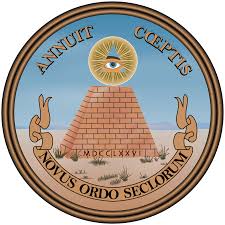 Here’s another couple of interesting observations from Rob Brotherton’s Suspicious Minds: Why We Believe Conspiracy Theories. Just to recap first from the previous post, The Conspiracist Style (with my own formatting):
Here’s another couple of interesting observations from Rob Brotherton’s Suspicious Minds: Why We Believe Conspiracy Theories. Just to recap first from the previous post, The Conspiracist Style (with my own formatting):
With all these caveats in mind, let’s recap our portrait of a conspiracy theory. The prototypical conspiracy theory is
an unanswered question;
it assumes nothing is as it seems;
it portrays the conspirators as preternaturally competent;
and as unusually evil;
it is founded on anomaly hunting;
and it is ultimately irrefutable.
These characteristics do a good job of teasing apart the two versions of 9/ 11 that we began the chapter with. Even though saying that al-Qaeda hijackers conspired to pull off the attacks poses a theory about a conspiracy, the claim doesn’t fit the bill of a conspiracy theory, whereas claiming it was an inside job fits the description to a T.
Brotherton, Rob (2015-11-19). Suspicious Minds: Why We Believe Conspiracy Theories (Kindle Locations 1238-1243). Bloomsbury Publishing. Kindle Edition.
In the next chapter Brotherton provides two sure indicators that conspiracy theories are not really about studying the evidence. The reason this would be so is because conspiracism is actually
a lens through which the world can be viewed, and it has the potential to distort everything in its field of view.
So if you ask a conspiracy theorist why the conspirators don’t attempt to silence those who go around telling the world about them and their nefarious acts, you are likely to be told that the conspirators even employing those conspiracy theorists to do what they are doing! Example: Continue reading “Conspiracy Theories: About More Than Mere Evidence”
